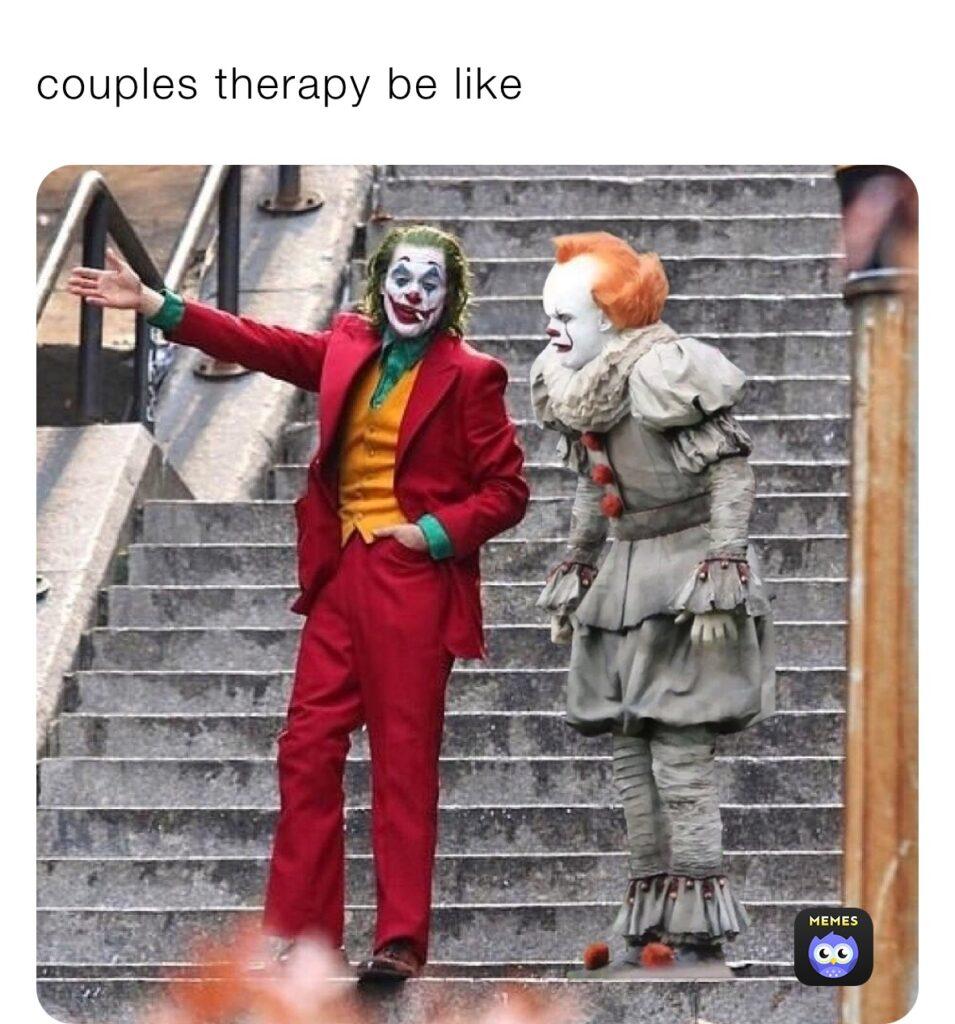
In a previous article I described the different styles of attachment and suggested a supplementary text wherein you can explore your own attachment style. Now, to take this in an applied direction, what does this actually mean for you and your relationship partner(s)?
Let’s imagine a scenario in which a married couple presents for counseling. I’ll call them Jan and Dan. It should be noted that the scenario features a romantic relationship, but the same principles extend to other kinds of relationships (friends, family, intimate partners). It should also be noted that this scenario features a heterosexual couple, but the same principles extend to the LGBTQ+ community, as well as non-monogamous couples.
Dan has an anxious attachment style. His father left the family when Dan was a child, so was parentified from a young age and was responsible for raising his younger siblings. As such, he has a tendency to try to parent his romantic partners as well. He has an emotional hunger for love and care, and deeply needs to feel accepted and validated by his partner, Jan. His fear of abandonment is ever-present. Although he knows that Jan loves him, he strongly reacts to any cues that she may be distancing from him. At times he misinterprets these signs and jumps to inaccurate conclusions about there being problems in the relationship. He needs constant reassurance from Jan that she still loves him.

Jan has an avoidant attachment style. Her parents had a very “hands-off” parenting style, so growing up, Jan felt it was hard to trust others to meet her needs. Instead, she grew to rely only on herself, so she never really grew close to any romantic partners. In fact, her relationship with Dan is her first serious romantic relationship. She has trouble expressing her emotions and fears being very emotionally intimate with a partner. In fact, when Dan shows a desire for closeness, her first reaction is to retreat or to push him away.

Jan has recently returned back to the office post-Covid, while Dan has continued to work from home. Jan is often in meetings with colleagues, so she can’t answer the phone when Dan calls. One day, Dan panicked when he couldn’t get in touch with Jan; he had an extreme stress reaction which compelled him to flood her phone with calls and texts. Jan felt annoyed by this perceived overreaction, feeling that her partner was overly needy. Jan turned off her phone for the rest of the day. Shen she returned home, already annoyed, Dan was livid. He pelted her with questions about where she was and why she did not answer her phone. Jan, exhausted, grabbed her purse and stormed out of the apartment. Dan was left to pace the house for hours, unsure of whether she would come back, or whether she was out cheating with someone else. It was after this fight that both parties felt professional help was needed.
Attachment styles can be changed with intensive work and corrective experiences, but what the therapist can do today is help Jan and Dan communicate about their needs. Together, they form an agreement that Jan will check in once a day so that Dan can feel secure and comfortable. Dan is also encouraged to ask for reassurance when he needs it, allowing Jan to rise to that occasion. The therapist understands that physically leaving a fight can be important for people with avoidant attachment disorder, but how can they communicate about it? If Jan could work on her communication skills, she could express that she needs some space to think, and that she’ll be home in half an hour. That way, Dan knows exactly when Jan will be home so they can continue to work on the conflict in a calmer context.
Couples therapy is not a cure-all, and it takes work on both sides of a relationship. But, for those willing to try, it can be a great way to better understand how your partner thinks, what your partner needs, and how to behave in ways that respects both partners in the relationship.
